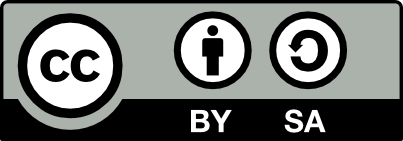EVALUASI RESIKO APLIKASI IKAN TRANSGENIK DALAM KEGIATAN BUDIDAYA
Risk Evaluation of Using Transgenic Fish for Cultivation
Keywords:
Transgenic fish, risk evaluationAbstract
There are many problematic issues challenging the success of fish farming. In particular, the very intensive, monocultural nature of fish farming raises some fundamental questions about the sustainability of this type of farming. Using genetically modified organisms (GMO) for fish cultivation is one of those to help the farmer to increase the production. By focusing on "technological and management improvements" to maximize economic growth, genetically engineered (GE) food pushes the ecological and social systems to accept the logic, time scale, and control of global capitalist markets and their corporate captains. But all over the globe, industrial-style fish farming with GMO or GE development is threatening native fish and their habitats. There are also significant concerns relating to farmed fishes (including eggs) escaping into the natural environment competing with wild fish species for food and also possibly endangering wild other (fish) populations and genetic variation. But if transgenic fish are adequately contained, they will pose little risk to native population. Prevent the escape of transgenic fish and sterilization is also developed to decrease the risk.
Nowadays, we just need a perspective that recognizes that the health value of fish for humans depends on the health system in which they are raised. The sustainable wild fishing practices and the establishment of organic standards for aquaculture could provide healthy fish far into the future
Downloads
Downloads
Published
Issue
Section
License
Under this license, others are permitted to share (copy and redistribute the material in any medium or format) and adapt (remix, transform, and build upon the material) for any purpose, including commercial use. Appropriate credit must be given to the original authors, a link to the license must be provided, and any modifications or derivative works must be distributed under the same license. This condition ensures that the original work and all derived content remain openly accessible under identical terms.



